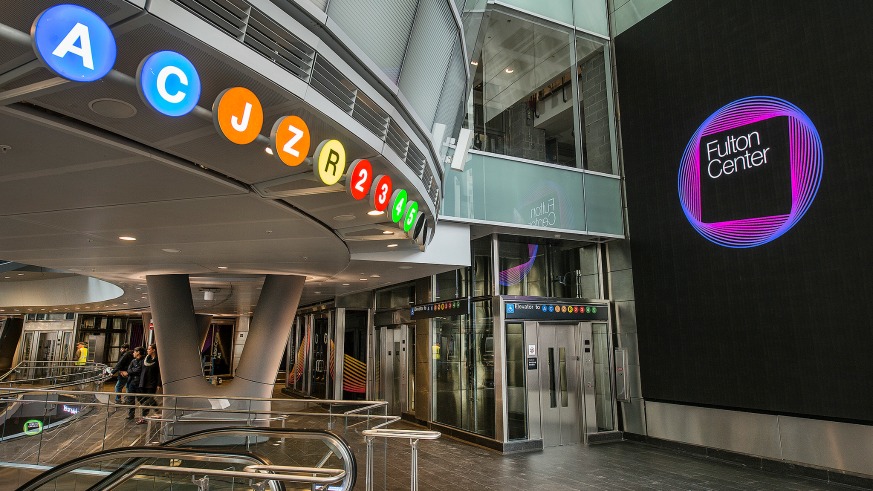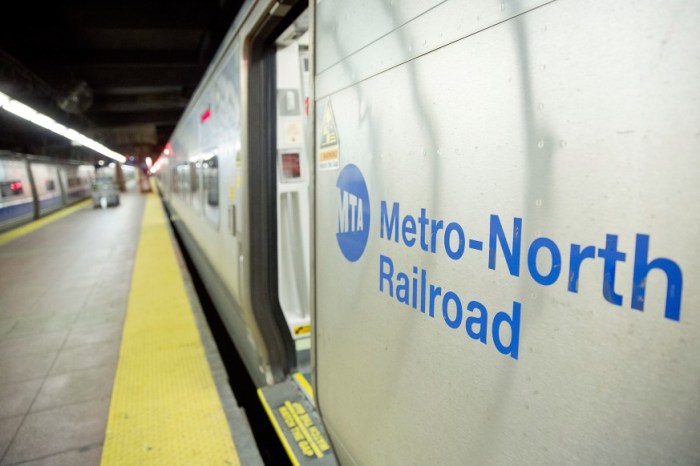Between signal issues and subway delays, New Yorkers never really know what to expect aside from possible frustration on their daily commute. With that in mind, the MTA unveiled a new initiative aimed at getting to the root of the issues plaguing its subway system — and to regain commuters’ confidence.
Unveiled this week, the six-point plan includes the expedited addition of 750 new subway cars, legislation, track and signal work, faster responses by emergency and law enforcement staff, training to streamline train loading and unloading and alleviating areas where subway bottlenecks frequently occur — all of which often result in delays.
“We know riders are frustrated — we are too — which is why we are embracing this new plan,” MTA interim Director Ronnie Hakim said in a statement. “Increasing delays are simply unacceptable, which is why we have to commit to addressing the immediate problems with all the tools at our disposal.”
With an “average of seven major incidents” that cause 50 or more train delays each month, Phase I of the MTA’s new program will focus on the 19 stations on the Eighth Avenue A/C/E lines from 125th Street to Fulton Street. 149th Street-Grand Concourse and 3rd Avenue-138th Street, two major hubs in the Bronx, will also be included in this initial phase.
That system corridor also has 25 train equipment-related breakdowns that last, on average, 19 minutes and cause subsequent delays along the entire line.
WHAT IS THE MTA’S SIX-POINT PLAN?
• Reorganizing leadership
The agency will split its chair and CEO positions into two roles to “strengthen the overall leadership” to implement its Capital Plan and “achieve needed operational improvements,” the agency said.
The $29.5 billion Capital Plan also includes more than $14 billion for New York City Transit, allotted to fix problems within the more-than-100-year-old system.
• New subway cars and maintenance improvements
A total of 750 new train cars are slated to arrive starting this fall, with the rest coming by September 2018.
To address the frequent problems on the Eighth Avenue corridor, the MTA will overhaul its maintenance protocol to include the train car manufacturer and add more inspectors and resources for pre-service inspections to avoid any mid-trip calamities.
• Track and signal improvements
With 13,000 systemwide signals, you’d be hard-pressed to find a New Yorker who hasn’t been affected by an infamous “signal issue.”
In fact, Brooklyn Borough President Eric Adams recently urged the city’s Independent Budget Office to examine just how much the city loses in lost productivity over commuting problems, signal issues in particular.
“It is time for the governor’s office and the MTA to prove how seriously the state takes the impact that an underfunded and outdated transit system has had on straphangers’ daily lives as well as our local and statewide economies,” Adams told the New York Daily News last week after two issues occurred within three days.
As such, the agency plans to double its once-a-month ultrasonic tests in an attempt to identify defects, add to its rapid-response and emergency repair staff, install more up-to-date tracks and expand its track-clearing technology to lessen fires.
• Alleviating delays from emergency or police activity
The MTA will increase its emergency staff to respond to sick passengers faster and will deploy EMTs at five stations along the beleaguered Eighth Avenue line: 125th Street, 59th Street-Columbus Circle, 14th Street, West 4th Street-Washington Square and Fulton Street.
Along that corridor alone, there are an average of 28 sick passenger incidents each month. And an awareness campaign is expected to roll out in the fall to encourage sick straphangers to seek help from the in-station EMTs.
Additionally, law enforcement will have an increased presence in key stations to respond to incidents quicker.
• Streamlining passengers entering and exiting trains
The agency is testing strategies to allow staff to direct passengers to less-crowded areas of platforms and cars.
• Focusing on bottlenecks
New York has 837 miles of track, and many subway lines intertwine, which, when mixed with increased ridership and trains running, can cause traffic jams. The MTA aims to more actively monitor these areas by adding service managers and new technology.
Only time will tell if this six-point plan fixes the issues within the New York subway system.
“Ronnie Hakim brings a great deal of skill and experience to the helm of the MTA, and I hope the state gives her the resources to make her mission successful,” Adams told Metro via email about the MTA’s new plan. “It will take significantly more than what has been currently allocated to accomplish their six-point plan, as well as the significant backlog of repairs and infrastructure upgrades needed systemwide. I am hopeful that a fiscal analysis of the impact that recent interrupted service has caused will compel the state to respond with the appropriate infusion of emergency capital funding.”



















